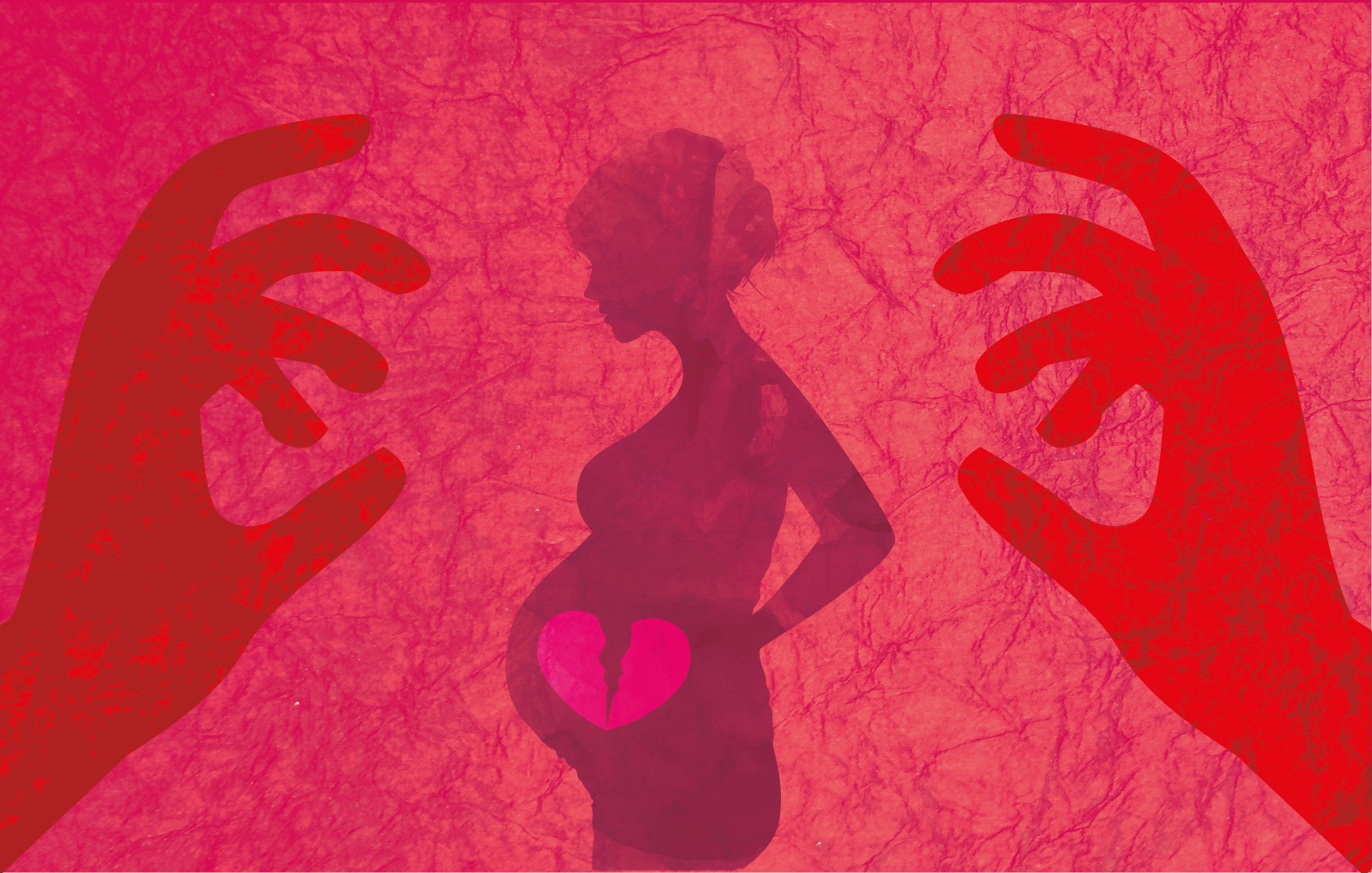
Missing babies in the womb raise fear of female foeticide in TN

A preliminary study on female foeticide in Tamil Nadu by NGO Samakalvi Iyakkam and CRY found that in 10 districts of Tamil Nadu, some 700 children who should have been born were missing. Public health experts say that the difference between registered pregnancies and the number of births between 2014 and 2017 is a sure sign of prevalence of female foeticide. The 10 districts were Chennai, Ariyalur, Dharmapuri, Dindigul, Ramanathapuram, Salem, Tirunelveli, Tiruvannamalai, Thiruvallur and Thoothukudi.
The 700 missing number included stillbirths. Chennai recorded the highest number of the missing children with 175, while Salem followed the capital with 108. Chennai and Thiruvannamalai are two districts which has had fluctuating sex ratio over the study period. Other districts have comparatively less number of missing children.
The data collected and studied from a variety of sources like National Family Health Survey-4, Right to Information, Integrated Child Development Services that run the anganwadis. The child sex ratio (CSR) in all the districts were also assessed, apart from interviews with respondents that also included those who have undergone sex selective abortions.
Beyond caste and economic deprivation
S Christuraj, advocate, state coordinator, Samakalvi iyakkam, said that the findings showed that the social evil has moved beyond the classification of caste, and economic deprivation. “It is happening even in the metro of Chennai. Probably because people are restricting the number of children to one or two and they want them to be boys,” he said.
He also wondered how many have been penalised under the Act so far. He said, “There is no fool proof mechanism in place to monitor it. The gender is revealed symbolically — they refer to ‘Fanta‘ for female and ‘Mirinda‘ for male. Sometimes, they are represented as ‘mallipoo‘ for boys and ‘kanakambaram‘ for girls, leaving it to the family to decide on their next course of action. This study aims to begin a discourse on the social evil. There is always a pregnant pause whenever we want to discuss it.”
Influential lobby
M Jeevananthan, state convenor, Campaign Against Sex-Selective Abortion (CASA), pointed out that lobby of Sonologists and doctors are big and influential. “The sonologists reveal the sex, but the foetus is aborted in clinics. There has to be an independent committee to study the abortions happening in clinics.”
He also said that there has been an effort to track the abortions that happen in the second trimester. “We have village health nurses who monitor the child’s health from pregnancy to the time the child is five years. However, they do not record abortions. We must particularly track the abortions that happen in the second trimester, as that is the time the sex is revealed. The independent committee should also study the CSR of every district each year,” he said.
Cuddalore which was the only district in the state included in the programme, as it had had a CSR at 896 much below the national average of 918 as per the 2011 Census. However, after the expansion of the programme in all 640 districts in the country, some of the 10 districts that were part of this study has been having rigorous inter-departmental convergence activities to better the CSR. Adds Christuraj,” Advocacy can create a change and we hope that it makes up for the deficiencies in the implementation of laws.”
The study found out that there were several discrepancies in the data provided by the government. Take the case of Dharmapuri—the RTI revealed that the CSR was 884 in 2017. However, the data calculated by the study reveals that the number was far less at 799. Complicating the analysis more, the NFHS-4 data makes the picture cloudy. According to the NFHS data, Ramanathapuram district has the lowest child sex ratio (732) whereas according to the RTI data, Dharmapuri has the lowest child sex ratio with 860 girls per 1000 boys.


